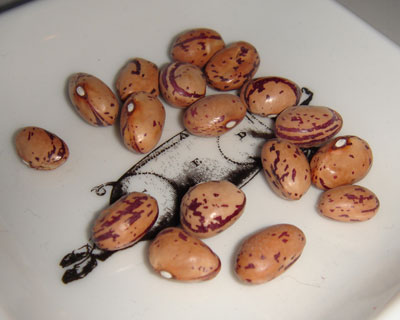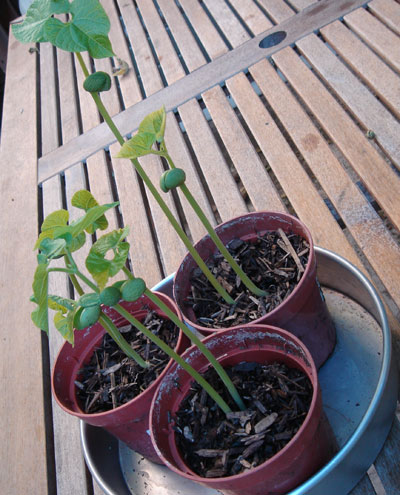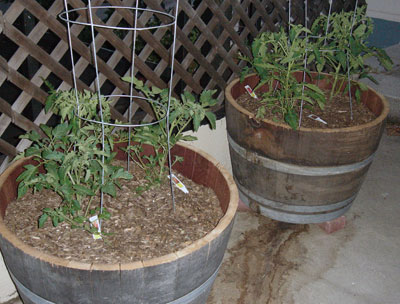
Every summer I spend way too much money on cranberry beans. If you know me, you might also know that they are my hands-down, number one, absolute favorite bean. I would even go a step further and extend that statement to the entire legume family.
What are cranberry beans you ask? Well, they are not cranberries, nor beans crossed with cranberries, or even sweet or tart, or really very red. The pods are kind of mottled with a cranberry color, which is I suppose where the name comes from? Beats me. Anyway, they are shell beans, just like cannelloni, flageolet, or pintos. They grow in a pod, and you can buy them fresh or dried, but like most things, you can't beat the fresh version (however, if you do buy dried I highly recommend the excellent Rancho Gordo beans).
They taste incredible: smooth, velvety, creamy, and plump. And they are perfect in nearly any brothy soup. I often use them to make pasta e fagioli or a simple vegetable, farro, and cranberry bean soup. You can cook them with some pancetta and onion and toss them with pasta to make a simple and delicious sauce.
The freshies have a fleeting season--in the Bay Area you can find them in late summer at the farmers' market. And one thing that I've discovered about cranberry beans, is that they freeze remarkably well. So I've been known to buy very large bags of beans, and spend a pretty penny on them too, which brings me full circle.
When my mother announced recently that she was growing cranberry beans in her garden, not only was I jealous but also determined to find a way to grow them myself. Which actually turned out to be incredibly easy. All you need to grow beans are some dried beans, soil and a few little pots. I felt like I was back in elementary school, poking seeds into soil-packed egg cartons, watering them religiously, keeping them warm. Anyway, last weekend I planted them, and they are already 6 inches tall!

